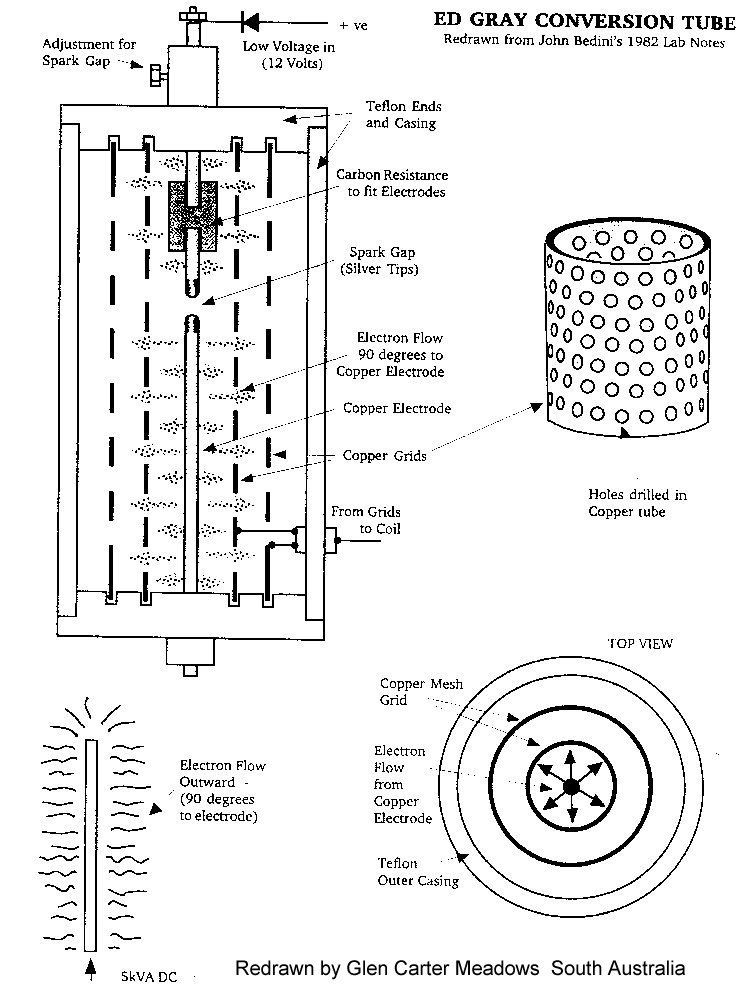ABCStore
What about it is dynamic?
Access is uniformly available,
regardless of vector (location)?
Aether would seem to be a constant,
with unlimited potential (dynamic properties).
Dynamic is a moving target.
Static is a constant, available by X means.
Availability of existence potential would seem to be pervasive.
Part of everything, even to be present in nothing.
Which would make nothing, something.
Similar to the word random. Random equals
something simply beyond the means of observing
an organization pattern. The only found truth is the word.
Its kind of like this thread, beyond. Splitting the positive is a pattern that will produce fruit. Its all a matter of means, and how much is enough.

What about it is dynamic?
Access is uniformly available,
regardless of vector (location)?
Aether would seem to be a constant,
with unlimited potential (dynamic properties).
Dynamic is a moving target.
Static is a constant, available by X means.
Availability of existence potential would seem to be pervasive.
Part of everything, even to be present in nothing.
Which would make nothing, something.

Similar to the word random. Random equals
something simply beyond the means of observing
an organization pattern. The only found truth is the word.
Its kind of like this thread, beyond. Splitting the positive is a pattern that will produce fruit. Its all a matter of means, and how much is enough.








Comment